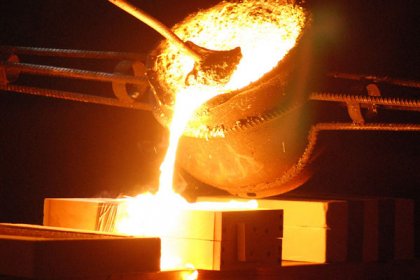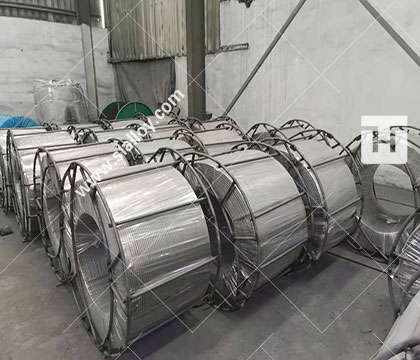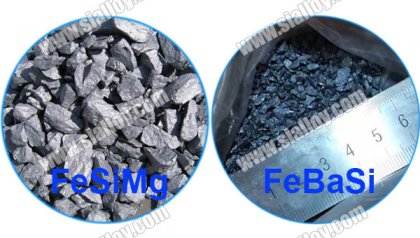silicon barium inoculant
silicon-barium inoculant is actually not a ferroalloy. It is actually a composite multi-element alloy made by artificial smelting. The silicon and barium in the silicon-barium inoculant can be matched and combined in a targeted proportion to achieve steelmaking. Or casting requirements, what are the applications of ferroalloy silicon barium inoculant? .
What is silicon barium inoculant
silicon-barium inoculant is a bulk metallurgical material made by mixing silicon powder and barium powder in a proportion according to demand, and then steelmaking in a high-temperature furnace. The silicon-barium inoculant is widely used in metallurgy, machinery industries, and additives for iron, steel and non-ferrous metals. Metal and alloying agents, parathion, reduction degassing and purification to improve the mechanical properties and application effects of materials. The silicon barium inoculant reduces the high manganese slag casting process, changes the mechanical properties, and refines the grains.
What are the applications of silicon barium inoculant
silicon-barium inoculant is mainly used in liquid iron, ductile iron and gray cast iron. It can effectively renew the iron-gray iron and prevent shrinkage. It has outstanding applications in the cast iron industry. The silicon-barium inoculant can also increase graphite The core and promote the type of graphite gray cast iron, improve the strength, the ability to resist recession, and prevent the ball from recession. Wall thickness sensitivity, microstructure.
silicon barium inoculant has a very good tendency to decrease, reduce the hardness, and change the processing performance of the casting. As a breeding agent and a ball in the cast iron industry. Cast iron is an important metal material in modern industry. It is affordable and melts easily, smelt. It has excellent casting properties and good steel casting capabilities. Adding a certain amount of ferrosilicon to cast iron can prevent the formation of iron carbides and promote the precipitation of graphite and balls.
 中文
中文




